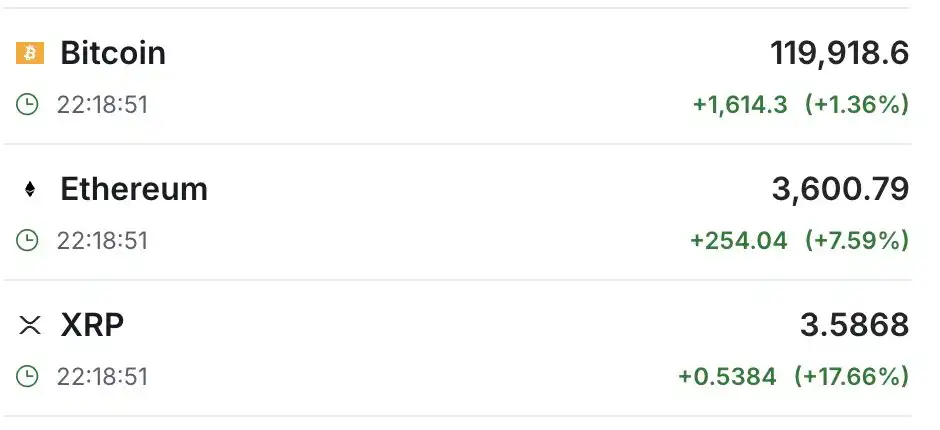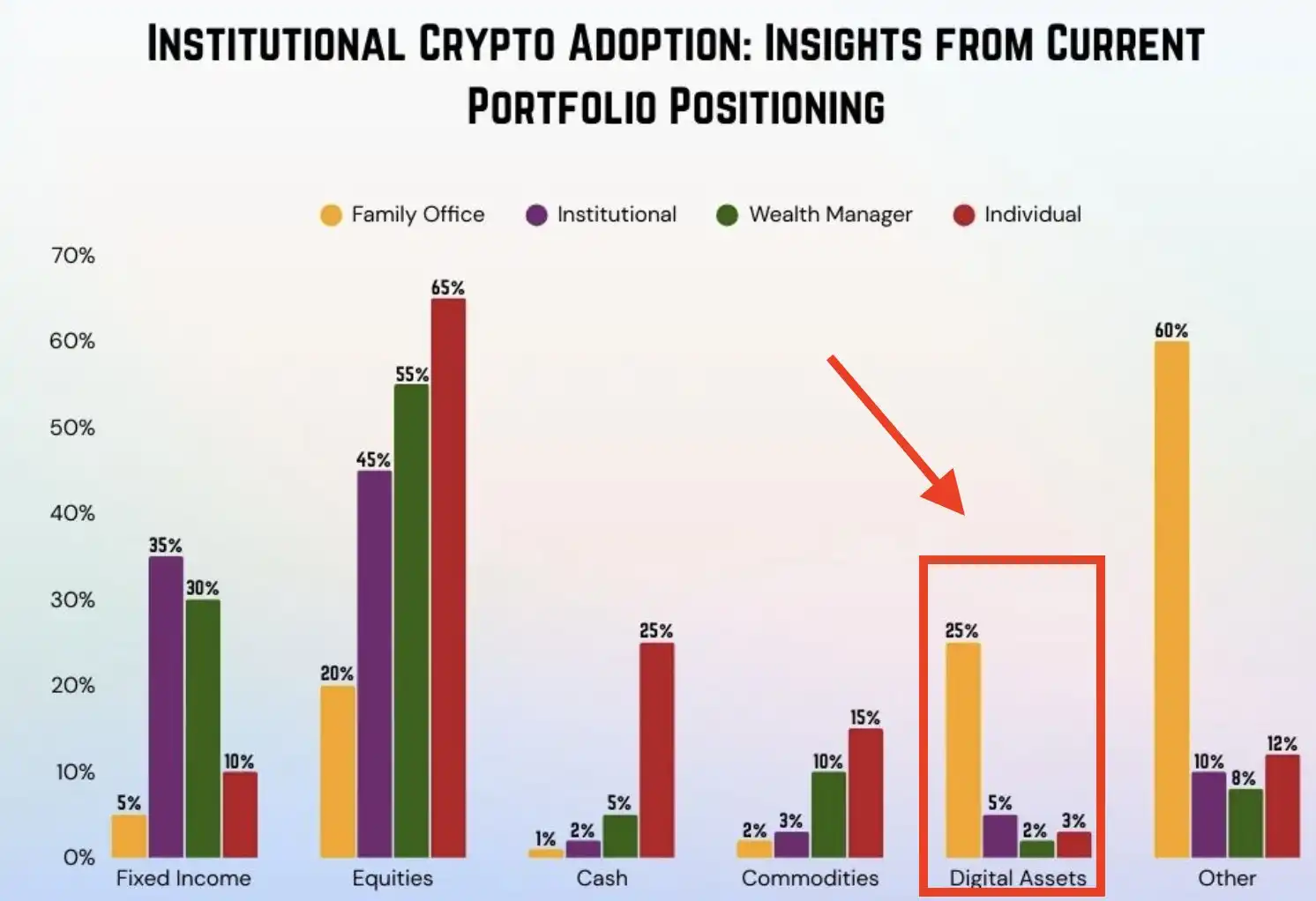Behind Ethereum's 70% Surge in a Single Month: What Really Happened?
Ethereum is making history:
We are witnessing one of the largest short squeezes in cryptocurrency history. Since July 1, Ethereum's market cap has surged by $150 billion—just days after net short positions hit an all-time high.
What exactly happened? This article breaks it down for you.

See the chart below:
According to Zerohedge data, at the beginning of July, Ethereum's net leveraged short positions reached a historical peak. In fact, the net short exposure was about 25% higher than the level in February 2025. This directly led to Ethereum's 70% surge in less than a month.
But the story is far from over.

President Trump's World Liberty Financial institution has been accumulating Ethereum. The latest transaction records show that just 24 hours ago, the institution completed a $5 million purchase. This has added fuel to the already intense short squeeze fire.
It's worth noting that these short positions mostly come from institutional capital.

More intriguingly:
Zerohedge reports show that in the 30 days before July 1, BlackRock's ETF increased its Ethereum holdings on 29 days. But as mentioned earlier, due to a sudden surge in leveraged short exposure, prices continued to fall. Clearly, some 'smart money' anticipated this storm.

Now we are witnessing: billions of dollars in short positions being liquidated in a chain reaction. If Ethereum rises another 10%, another $1 billion in short positions will be liquidated.
Moreover, since most of these short positions are leveraged, the market is facing even stronger short squeeze pressure.
Ethereum could soon hit $4,000.

We have observed similar effects with Ripple (XRP), while Bitcoin continues to show relative strength. Bitcoin has officially returned to the $120,000 mark, with its market cap increasing by $900 billion since the April low. After months of sluggishness, Ethereum and Ripple are finally starting to catch up with Bitcoin's gains.

We predicted this trend in advance. Here are some of the warning alerts we provided to our premium members: we bought the dip at $80,000, $90,000, and $100,000, and accurately predicted the $115,000 target. Last week, we raised our target to $120,000, and this target has just been achieved.

More importantly, the market is digesting a major report released by FT today. President Trump is expected to sign an executive order as early as this week, allowing 401k pension plans to invest in cryptocurrencies. This will be one of the most landmark bullish developments in crypto history.

As of Q1 2025, the size of U.S. 401k pensions is as high as $8.7 trillion. The current total market cap of cryptocurrencies is only $3.8 trillion. This means that funds equivalent to 2.3 times the size of the entire crypto market are about to gain entry. This is epoch-making.

Even more significant, the U.S. House of Representatives has passed three important Bitcoin and cryptocurrency bills: the Clarity Act, the Genius Act, and the Anti-CBDC Act.
The biggest victory for the cryptocurrency industry is gaining bipartisan support. Candidates who refuse to embrace cryptocurrencies can no longer win elections.
As we have always emphasized: institutional capital can no longer ignore cryptocurrencies. Over the past 13 years, Bitcoin's annual compound growth rate has been as high as 90%, outperforming almost all global assets.
We continue to receive feedback from institutional investors that their Assets Under Management (AUM) are gradually allocating to crypto assets.

Looking ahead, the core logic driving cryptocurrency growth will trigger major macroeconomic changes. This is redefining the paradigm of financial market operations.
Finally, don't forget the strongest bull engine for cryptocurrencies—the U.S. deficit spending crisis. Not only has Bitcoin risen 55% since April, but the U.S. dollar index has also fallen 10% this year. The dollar is in an eternal bear market.
